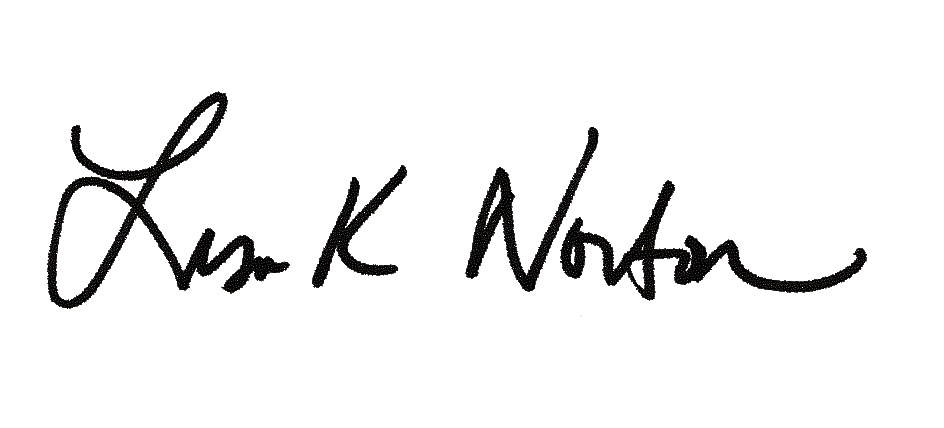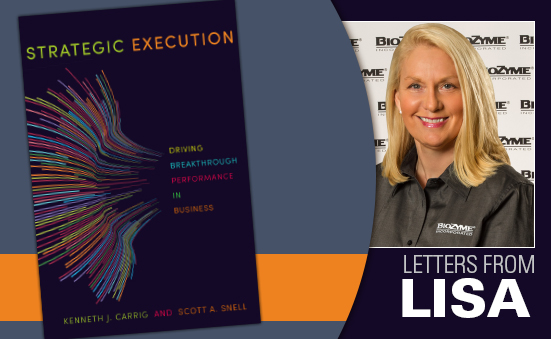Last month we talked about working on your business instead of in it. We are going to continue that discussion by focusing on some thought processes that might help you stay focused on just that.
The ways we think about past experiences can help or hinder the development of insight that makes working on the business more difficult than it is just by its nature. When we make decisions based on habits of the past, we lose out on some of the great changes possible in our lives. Working on the business means not forgetting the past but leaving it in the kitchen while sitting at the dining room table.
Working on the business should allow one to achieve performance breakthroughs, or in other words, create impact in the areas that drive the improvement we all desire. I like to use the term A to the 4th power (A4) to help me stay true to working on instead of in business. The four terms come from Scott Snell and Ken Carrig’s forthcoming book, “Strategic Execution: Driving Breakthrough Performance in Business”, and are Alignment, Ability, Architecture and Agility.
ALIGNMENT
Alignment conveys the deceptively simple notion that execution depends on everyone working together toward the same goal. Alignment is the “sine qua non” of execution; without it, nothing else much matters.
It provides clarity of purpose and direction, momentum to overcome inertia, a focus for decisions and actions, and resilience in the face of change or disruption.
Today, misalignment has become the norm, not the exception. There’s often a substantial gap between understanding the requirements of strategy and each person’s work. Disengagement can create this misalignment, which unfortunately leads right into working all day in the business instead of on it.
It is, therefore, a constant challenge to emphasize the mission-critical elements that unite the organization toward its strategic purpose and work to achieve those outcomes. An important part of alignment is clarifying with others how work that they are accountable for leads to those strategic outcomes, or in other words, how overall success is attributable to them.
ABILITY
In any endeavor, whether it’s business or sports, great execution requires great skill.
Usually, what begins with a discussion of alignment often evolves to a deeper discussion of ability. This isn’t just a focus on productivity, but on attracting and developing; raising skill levels; all while keeping aligned accountability.
ARCHITECTURE
The design of your organization, as well as its underlying infrastructure, processes, technologies and controls constitutes the domain of organizational architecture. Your organization’s design makes a big difference in terms of reliability, alignment and continuity of performance.
In terms of working on the business, ensuring a valid organizational architecture is critical for resource flows, information availability, decision-making and processes that propel the organization forward.
Try to focus on ways to streamline your organization’s architecture, simplify structures, improve processes, and clarify roles, responsibilities, accountability and communication flow. This includes building connections and opportunities (meetings AND one-on-one conversations) to improve joint decision-making.
AGILITY
The ability to respond and adapt is critical for achieving organizational goals. Ironically, one of the most common inhibitors of agility is our approach to execution. In an attempt to drive better performance and maximize efficiency, many organizations create a situation in which change is difficult. The harder they work in the business instead of on it, the more challenging it is for them to see the need for change, or to flex, adapt and adjust appropriately. People hate change, but in reality, if you are not constantly changing you are not working on your business but in it.
There’s a great book (see picture) that summarizes these concepts way better than I have. Take the time to read it and then get to work ON your business at the dining room table, not in the kitchen.

